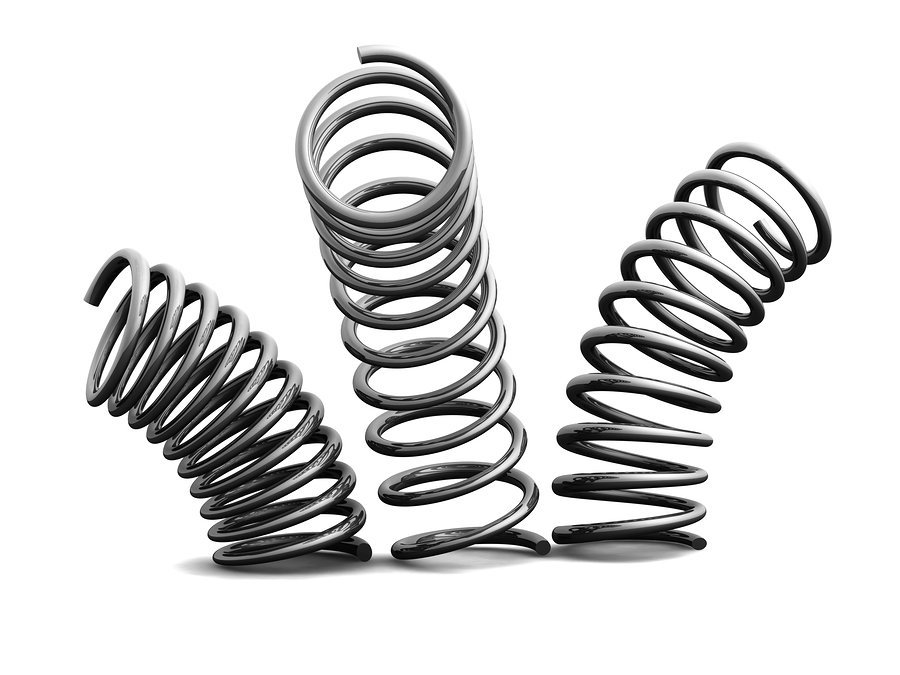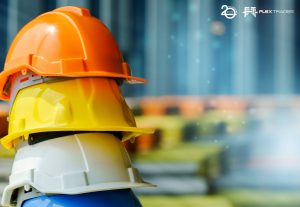Spring has sprung!
The grass is green again, the birds are chirping and we’re looking around our homes and yards, deciding what project to tackle first. If you work up the energy to start a project, look around you. You’ll likely come in contact with another type of spring – those often little, sometimes big, metal objects that store and absorb mechanical energy in a multitude of assemblies and components.
Pull out your bottle of all-purpose cleaner and you’ll find a spring in the trigger sprayer. Crank up your lawn mower and consider the springs that are playing critical roles in just how fast you mow. Springs are around us all year and doing big things in every season. For this version of How It’s Made with PMG, we’re talking springs.
Types of Springs
There are technically two types of springs – a stretched spring and a coiled spring.
- A stretched spring can be shown by using the example of a bow and arrow. By pulling the string back, tension is created on the bow (the spring) and the energy of the spring is transferred to the arrow.
- A coil spring is the most common type of spring and has been around since the first patent was secured for it, in 1763.
How are springs made?
Regardless of the types of coil springs (you can find that information here), the process for manufacturing springs is basically the same. Let’s spring into it.
Materials
Springs come in various materials including stainless steel, non-ferrous alloys (Monel, for example), high-temp alloys (such as Inconel), high carbon steel, other alloy steels, and even plastic.
Designing
Springs may seem like simple instruments, but the design of a spring is precise in nature and utilizes many mathematical equations. Important factors include wire composition, size, diameter, number of coils, required force and end application.
Coiling
After designing and choosing a material, the next step is coiling. This is performed on coilers/coiling machines. These machines use cold winding operations to make most springs, but thicker wire or stock receives heat prior to winding operations. We call this hot winding.
Rather than trying to explain these machines in this article, I’ve found an excellent source online. Automated Industrial Motion (AIM) is a spring coiling and wire forming machine manufacturer who skillfully outlines how spring coiler machinery works.
Tempering
Depending upon the type of wire used and the coiling process, springs are also hardened and tempered to remove negative internal stresses within the spring and to ensure the spring’s strength and ability to deform in use without breaking. This happens at very high temperatures for a specific amount of time.
Finishing
The last steps in spring manufacturing is finishing. These steps include:
- Grinding: If the end of the spring wire requires flat ends, they go through an automated grinder
- Shot Peening: smooths the material and prepares the spring for coating operations
- Setting: fully compressing the spring to ensure length and stress load ability
- Coating: this step prevents corrosion and includes plating and coating
- Quality Control: inspection of the springs to ensure each meets quality control requirements and specifications
With all that said, spring forth and go see the process live and in action here!
Kim Mooney, Technical Manager & Coach








